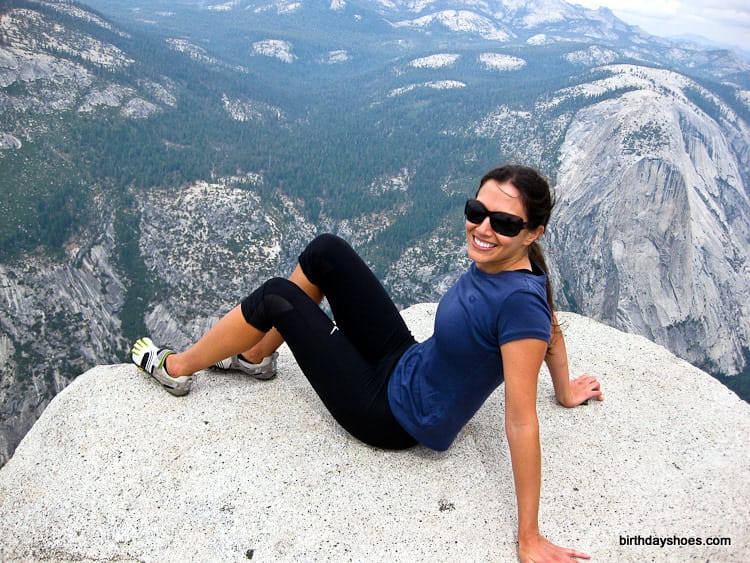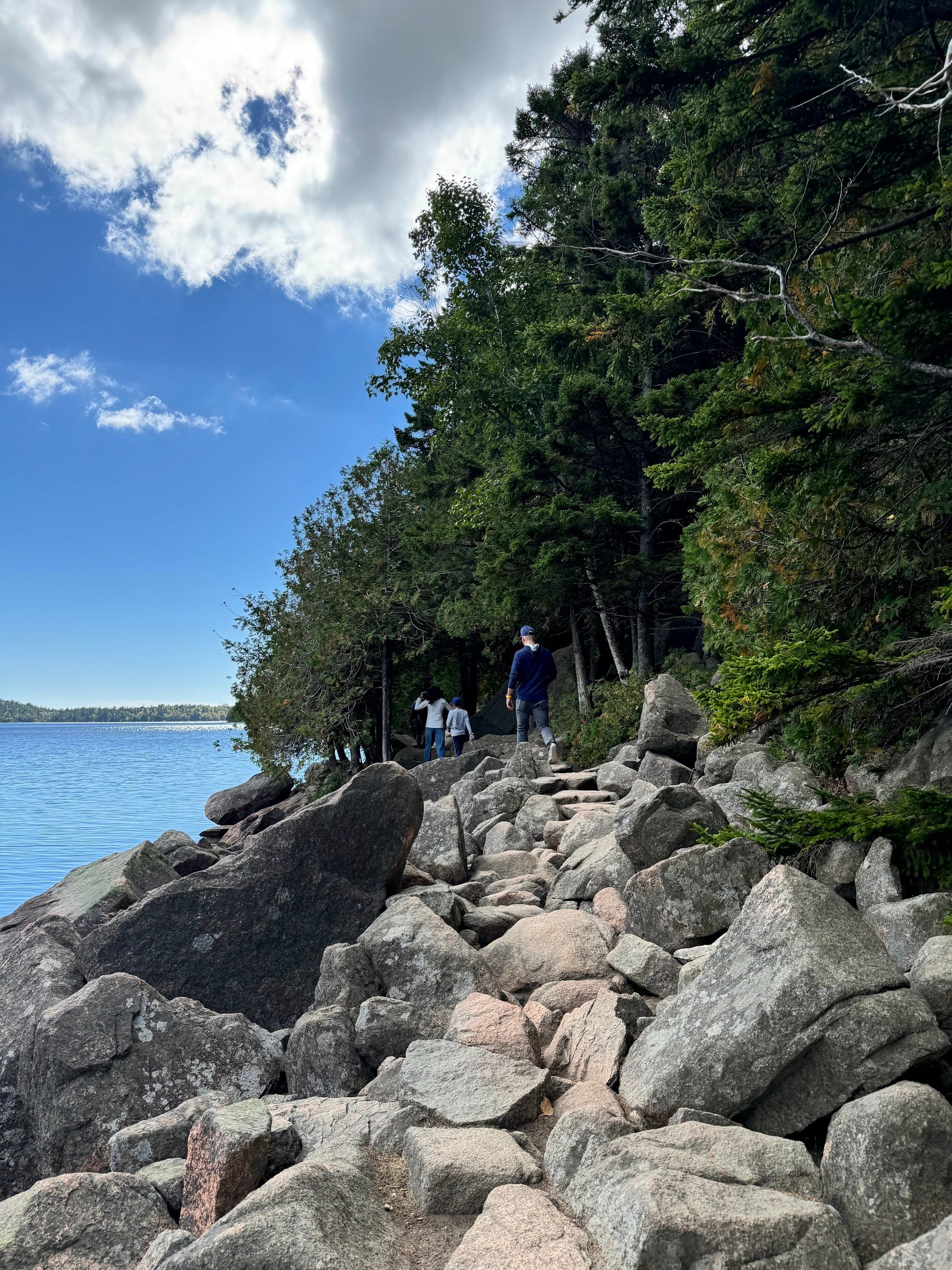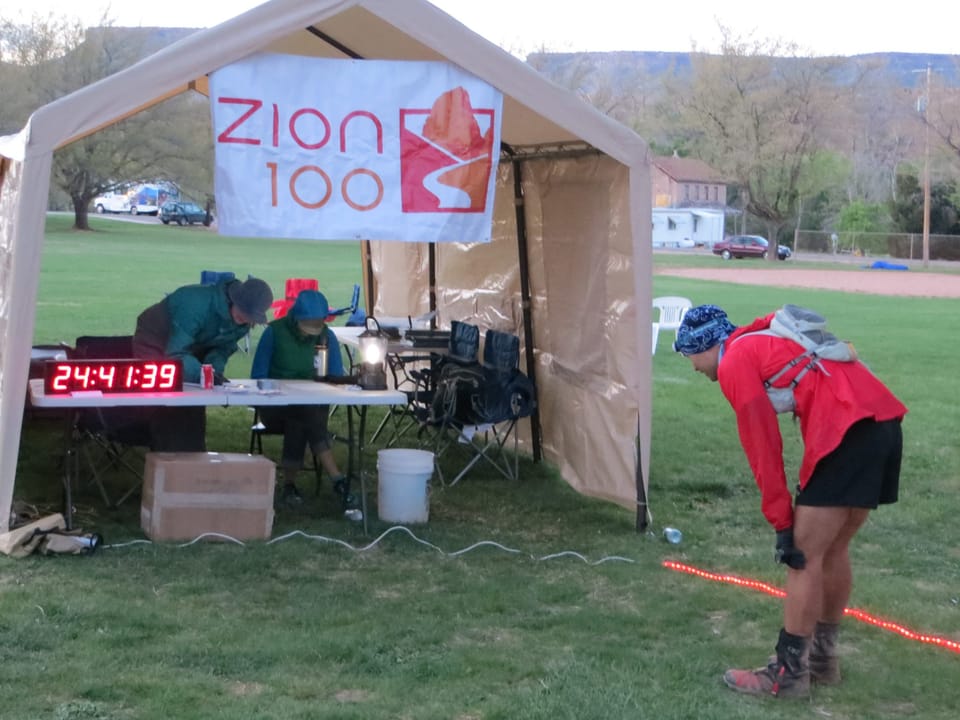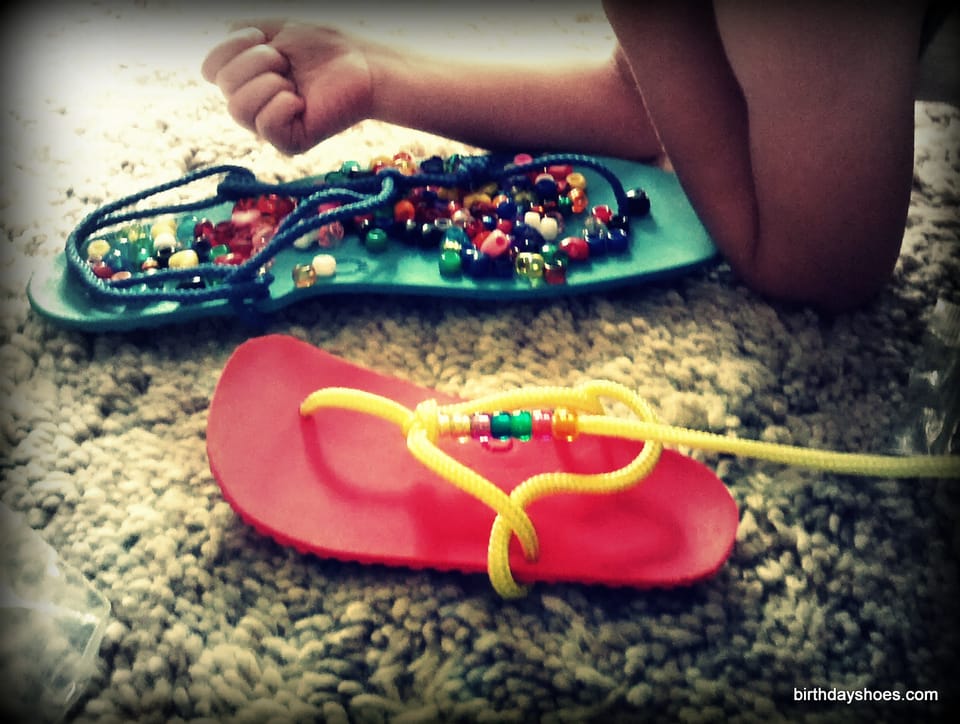Hiking the Pacific Crest Trail in TrekSport FiveFingers
I got the following photos and user story in the mailbag from Jerry, who recently completed section "J" of the Pacific Crest Trail (more on this here ? east of Seattle, Washington) . Jerry did the hike in Vibram FiveFingers TrekSports. I wanted to hi…
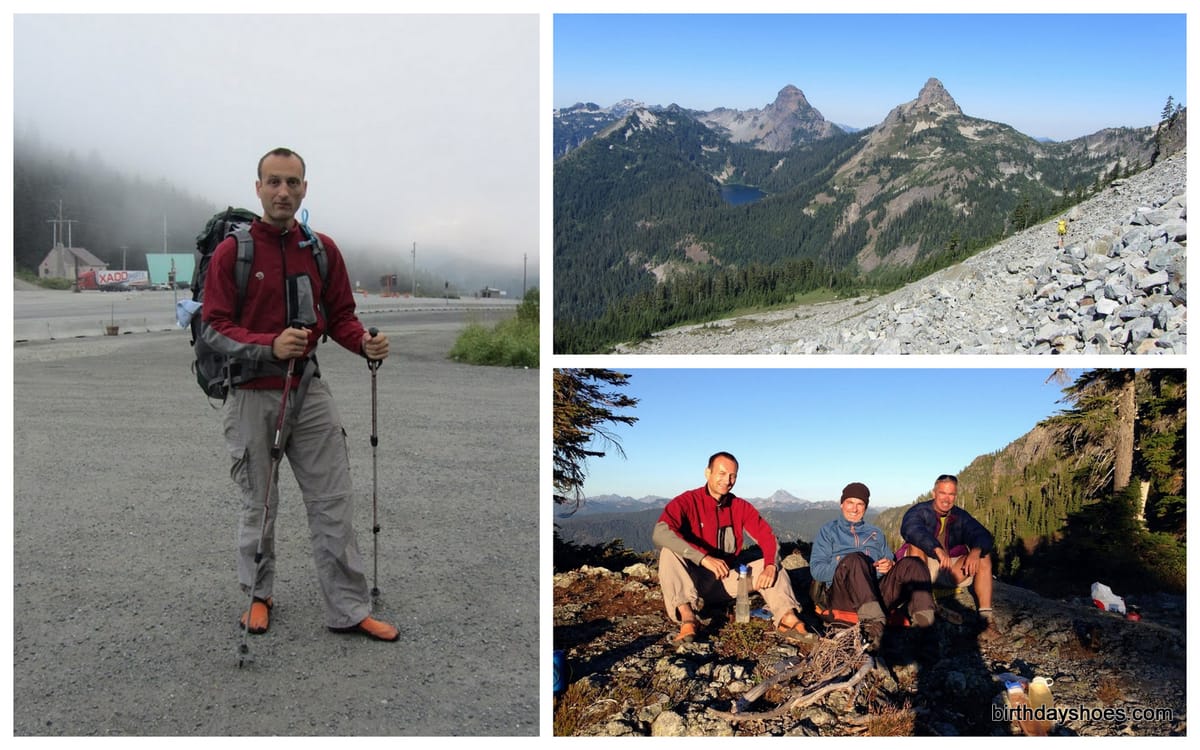
I got the following photos and user story in the mailbag from Jerry, who recently completed section "J" of the Pacific Crest Trail (more on this here ? east of Seattle, Washington) . Jerry did the hike in Vibram FiveFingers TrekSports.
I wanted to hike the popular 74 mile section J of Pacific Crest Trail in central Cascades for some time and this year I finally found time to do it. I have been day hiking in VFF for years, and really loving it. But those were all day hikes. And as I was curious to see how the VFF would hold up to a long backpacking trip, I decided to do it 100%, with no backup shoes.
Things I was a little worried about was ankle stability, which all the hiking boots advertise so much. The other thing that is constant hazard is kicking a root or rock with a single toe, which happens frequently if you don't pay attention to every step. But unlike sprained ankle, a toe is just painful and doesn't limit your ability to hike. Last thing was the unknown, what will the weight of the pack do to my feet, and also the long miles I need to cover every day to complete the section in 4 days.
Day 1: All great and especially the first 20 miles were just great, it felt just like any day hike I've done before. After that, my feet started to get tired and by mile 25 I could feel every single muscle in my feet.
Day 2: Perhaps doing so many miles on the first day was a bad idea, as my feet were really painful and I wasn't able to do more than just 13 miles then next day. All the muscles in the feet were very sore and I also started to get some blisters from the rocky trail. I thought I wouldn't be able to complete the trip and seriously considered looking for some way out.
Day 3: It was still a bit tough in the morning, but by noon it felt like the feet were getting a bit numb and I had no problem hiking 20 miles and could go more if I didn't meet other hikers and decided to camp in a great spot with them.
Day 4: Again, the previous day was probably too much, but it might just be cumulative stress for the feet. My feet felt a little swollen and I felt unpleasant pain around the arch area with every step. It didn't help that the last 16 miles of the trip is on rocky ridges. It was a real challenge to make it, and it literally felt like the Passion of Christ.
After the trip, I had really hard time walking, especially barefoot, for the first day. Two days later I could walk and run normally. All the blisters have actually healed, didn't come off.
Even though it is very rugged trail, I never felt my ankle was in any danger, felt always stable and safe. I had advantage in creek crossings compared to those wearing boots.
Final thoughts: As 'civilized' people, we haven't walked barefoot in decades. It will take long time to get used to it again. It would be smart to do two day trips at first to see how the feet handle the weight and rugged terrain. The rocks and roots on the trail will cause blisters, but the added weight will effect every muscle and the arch structure of your feet.
It was an awesome experience, especially conditioning of my will (and feet). I will certainly do some more overnight backpacking trips and by next summer, another 120 mile PCT section comes to mind.
— Jerry.
Thanks for sharing, Jerry! It reads as though you had a bit of a trial by fire but that all in all you felt pretty good about it (given you're anticipating another, longer hike!).
Thanks for sharing!

